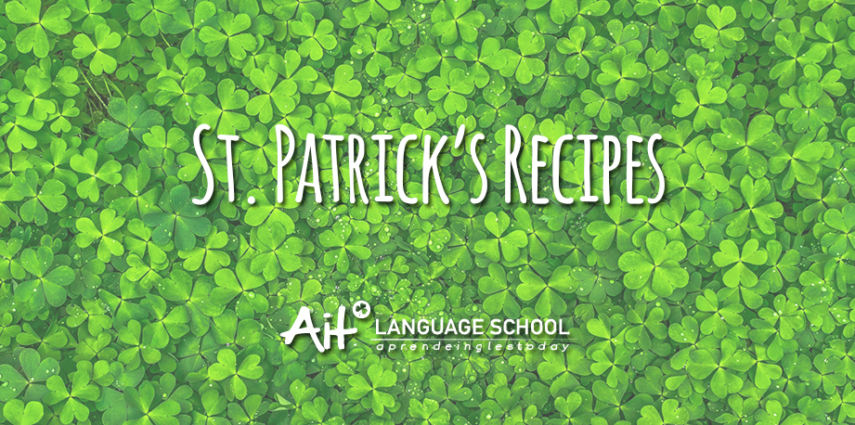Hoy inauguramos una nueva sección en nuestro blog sobre noticias en otros idiomas. Para empezar, os traemos una receta de ponche de huevo en alemán, con la traducción al español debajo por si quieres comprobarla.
By Alicia Martínez (English and German Teacher at AIT)
Besonders zu Ostern und Weihnachten ist der cremige Klassiker beliebt, aber auch an allen anderen Tagen des Jahres schmeckt ein Gläschen Eierlikör ganz köstlich – besonders aus eigener Herstellung. In kleine Fläschchen abgefüllt und hübsch verpackt ist er zudem ein tolles Mitbringsel.
Eierlikör selbst gemacht – so geht’s.
Eierlikör selbst gemacht – Zutaten für ca. 1 Liter:
8 frische Eigelb (Gr. M)
1 Päckchen Bourbon-Vanillezucker
250 g Puderzucker
1 Dose (340 ml) Kondensmilch (7,5 % Fett)
1/4 l weißer Rum

Eierlikör selbst gemacht – so geht’s Schritt für Schritt:
- Für den Eierlikör die Eigelbe und den Vanillezuckerin einer Metallschüssel verrühren.
- Nach und nach Puderzucker, Kondensmilch und Rum unterrühren.
- Die Eierlikör-Masse mit den Schneebesen des Rührgerätes über dem heißen Wasserbad 6 Minuten dickcremig aufschlagen.
- Den Eierlikör mit Hilfe eines Trichters in weite Flaschen füllen.
Haltbarkeit: Selbst gemachter Eierlikör hält sich gut verschlossen im Kühlschrank etwa 4 Wochen.
El Ponche de huevo es un clásico cremoso muy popular sobre todo en Alemania. Esta bebida alcohólica se toma especialmente en Semana Santa y en Navidades. Pero en todos los demás días del año, una copa de ponche de huevo sabe muy deliciosa, especialmente de nuestra propia producción.
En botellas pequeñas embotelladas y bien embaladas, también es un gran recuerdo.
Ponche de huevo hecho por ti mismo – así es como funciona.
Para 1 litro necesitamos los siguientes ingredientes:
8 yemas de huevos frescos (tamaño M)
1 paquete de azúcar avainillado
250 g azúcar glass
1 lata (340 ml) leche condensada (7,5 % Fett)
1/4 l ron blanco
Elaboración paso a paso:
- Mezclar las yemas con el azúcar vainillado en un bol metálico
- Añadir poco a poco el azúcar glass, la leche condensada y el ron.
- Mezclar la masa al baño maría durante 6 minutos hasta que se espese con ayuda de la batidora eléctrica.
- Luego se vierte con ayuda de un embudo en botellas anchas.
Esta bebida elaborada en casa puede aguantar unas 4 semanas, siempre y cuando este bien cerrado el envase.









 Un Auxiliar de Conversación es una persona procedente de otro país cuya tarea principal es la de hablar en su lengua materna a los alumnos de una escuela para que éstos la practiquen. Mediante sesiones específicas de conversación en grupos reducidos, los alumnos desarrollan sus habilidades comunicativas, especialmente a nivel oral, y entran en contacto con una cultura distinta.
Un Auxiliar de Conversación es una persona procedente de otro país cuya tarea principal es la de hablar en su lengua materna a los alumnos de una escuela para que éstos la practiquen. Mediante sesiones específicas de conversación en grupos reducidos, los alumnos desarrollan sus habilidades comunicativas, especialmente a nivel oral, y entran en contacto con una cultura distinta.

